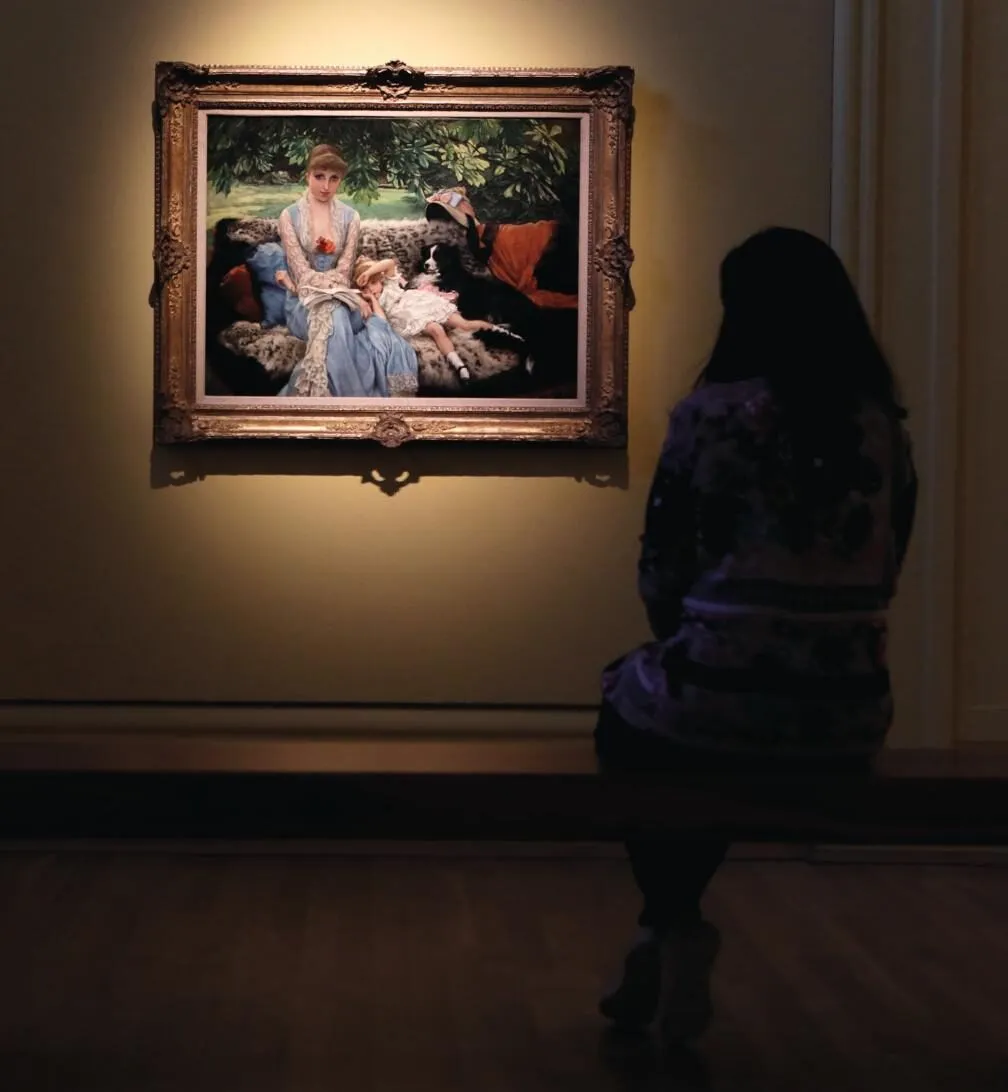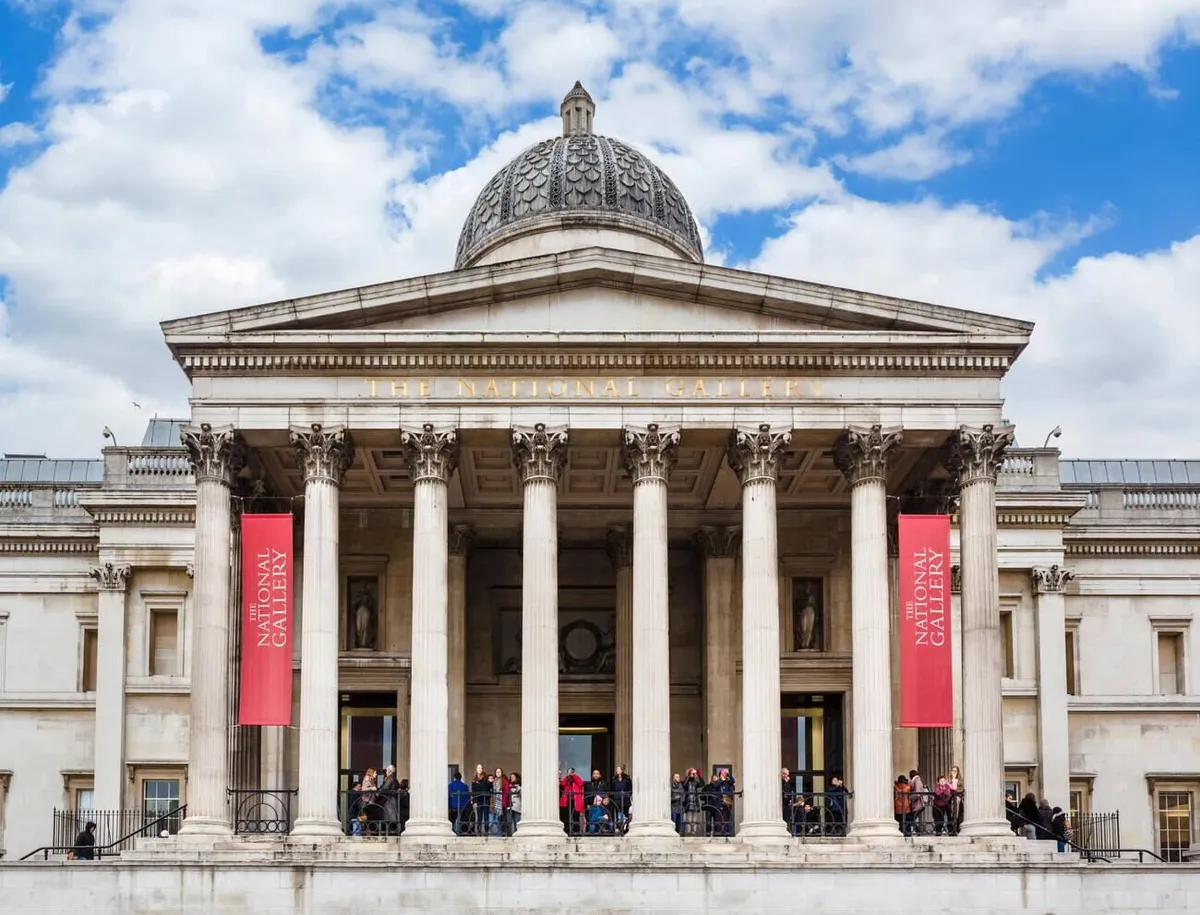When Ruth Cornett’s phone rings, she’s never sure exactly what to expect. As senior director of the Heritage & Taxation Advisory Service at Christie’s, no two days are the same and sometimes solicitors get in touch with exciting news. ‘We recently dealt with an estate where, under the bed, they had unexpectedly found a dusty case containing some Rembrandt prints,’ she reveals. ‘The heir had absolutely no idea that the deceased had been an enthusiastic collector of Rembrandt, so it was a huge surprise.’
The six etchings (c1630s–50s) were consequently acquired for the nation through the ‘Acceptance In Lieu’ scheme and were gifted to National Museums Northern Ireland. They can now be viewed in Ulster Museum’s collection in Belfast – a gallery which previously didn’t have any works by Rembrandt.
When you visit museums and galleries, you might have noticed labels beside works of art saying: ‘Accepted in lieu of inheritance tax and allocated to the museum by HMRC’. But what does that actually mean?
What does it mean when art is accepted in lieu?

‘It’s a little-known fact that it is possible to pay an inheritance tax bill with a work of art,’ explains Ruth. ‘My job is to help clients through the process. When someone dies, their home and estate has to be valued for the purposes of tax. A local valuer comes in and notes everything down, then submits a list to the tax office and tax is paid. But in some circumstances, the valuer may think a gallery or museum might be interested in a specific piece of art from the estate. If this is the case, then there is a transfer of ownership of a work of art to the nation in exchange for a tax bill being settled.’
You might also like a guide to buying art
How to get art excepted in lieu
1. The art must be pre-eminent
There are, of course, a few hoops to go through. Firstly, the work of art must be found to be ‘pre-eminent’, which means the best type or the most interesting example. ‘It can be pre-eminent in a local context, a national context or as part of a collection,’ says Ruth. ‘To qualify as pre-eminent, a work of art might be a local landscape by an important artist, for instance, or it might be a picture of a building that’s since been demolished, so it’s now a historic record, or it might be a piece of art that hasn’t been seen for generations and has just surfaced again.’
2. The art's history must be checked
Once the artwork is deemed to be pre-eminent and it’s been decided that it’s in good enough condition, thorough research must be carried out to determine the history of the piece and the ownership. ‘We have to be very careful about where works of art were between 1933 and 1945 and make sure that we have full documentation for that period, to ensure that the nation is not taking something that was subject to Nazi aggression, for example,’ reveals Ruth.
‘This is because the tragedy of the Nazi regime should not be compounded by the nation and the nation cannot accept things to which the offeror may not have unfettered ownership. The nation cannot take the risk that the heirs of a victim could make a claim for the work of art.’
There are examples from abroad where works of art have been returned to heirs after many years in public ownership due to restitution of property confiscated or subjected to forced sales due to the Nazi regime.
‘The film Woman in Gold (2015), which is based on the true story of a Gustav Klimt painting that Austria returned to the heirs of Adele Bloch-Bauer following years of legal argument on ownership, is a good example of this,’ says Ruth.
3. The art needs to be valued
Next, Ruth and her team have to value the work of art as though it was being sold at auction to determine the price that could in theory be achieved in an open-market sale.
‘We do some calculations and submit the details and the value to the Inland Revenue and to the Arts Council,’ Ruth says. ‘If the Arts Council agrees that the pre-eminence hurdle has been passed and the value we submit is approved, then the tax payer has their tax bill paid off and the work of art is acquired by the nation and allocated to a museum or gallery.’
You might also like how to care for antique art
Who decides which museum or gallery the art goes to?

This is a process that Ruth is actively involved in, too. ‘We find out which museum wants what, then we try to plug the gaps,’ she explains. ‘If there is competition between galleries and museums for a particular item, then sometimes we make the offer without a nomination and leave it up to the Arts Council to decide where to place the artwork. In this situation, galleries and museums can compete and pitch in order to acquire a particular thing.’
Who pays for the art?
The Arts Council has a budget of £40m per annum for the tax schemes that support the acquisition of works of art. If an artwork is worth more than the heir’s tax bill, then a museum can raise the rest of the money by appealing to donors and bodies such as the Art Fund to ensure that the family gets the full value of the piece.
‘The heirs are usually very happy with the arrangement,’ says Ruth. ‘I’ve yet to meet an owner who has not been pleased with the outcome. Of course, they can still go and see the piece of art whenever they like, too.’
Ruth’s route to her role at Christie’s has been a varied one and her individual skills are perfectly suited to her current post. Having studied for a degree and masters in Art History at the Courtauld Institute of Art in London, she worked at the V&A before going to law college where she specialised in taxation. She worked for city accountancy firms until the job at Christie’s came up. ‘I like to say that not only can I spell Rembrandt, I can also tell you what the tax implications of owning one would be,’ she says with a smile.
You might also like how to frame art
It might appear that this scheme allows wealthy people to get away with paying less tax than they should for the benefit of the ‘cultured’ minority not the majority, but Ruth believes that it is important certain artworks are saved for the nation rather than sold to private collectors.
‘Museums and galleries are the cultural history of the nation and we ignore them at our peril,’ she says. ‘These institutions encourage creativity and innovation and are important for mental health, too. I would argue very strongly that the offers in lieu scheme is of huge gain to everyone in the UK – museums benefit and the public can see the art that would otherwise be sold.’
She also points out that the scheme is far from elitist. ‘It is open to everyone and there is no minimum value involved. For example, we dealt with a case where a couple (Mr and Mrs Cooper) had collected Victorian objects since the 1960s and over 100 items from their collection are now spread in museums across the UK.’
It is also important to note that the tax on the painting is taken into account when accepting a work of art. ‘Offerors do not get 100 per cent of the value, they get a percentage of the value (taking the tax on the object into account) to use against the tax on the rest of their estate. So the individuals are paying their tax on both the object and the rest of the estate,’ Ruth explains.
Helping her clients through the process is always satisfying. ‘I think I have the best job in the art world,’ she confides. ‘It’s just lovely to know that what we do has a lasting benefit. You never know who is going to go into a museum and be inspired. I went to my first exhibition – about Irish Portraits – in 1968 when I was just four years old and I still have the catalogue.’
